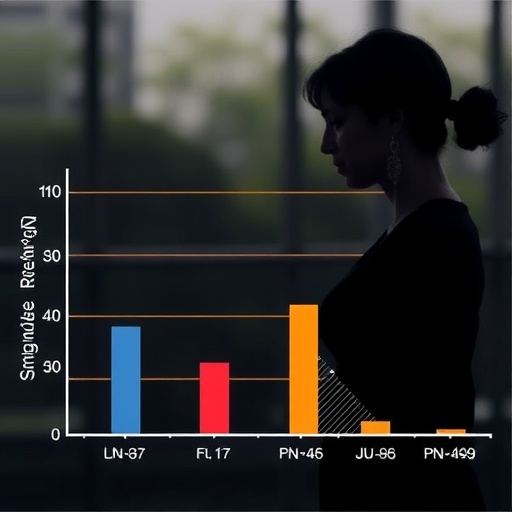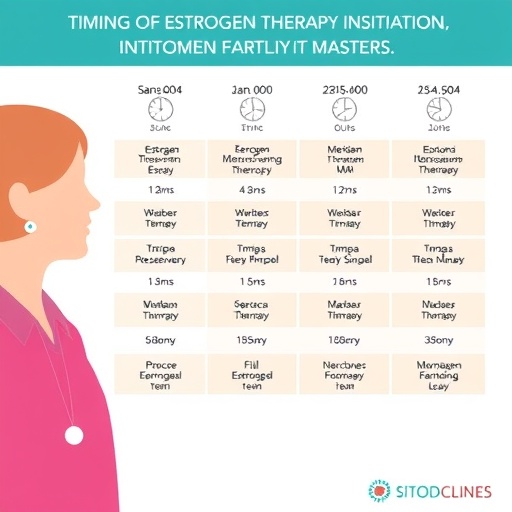University of Liverpool researchers have been awarded £578k funding from the Engineering and Physical Sciences Research Council (EPSRC) to develop liquid antennas which have the potential to transform modern radio communications and radar.
Antennas convert radio waves into electrical signals and are an essential component in mobile and wireless products from smart phones to radar.
Traditionally antennas are made out of materials such as copper which have good conductive properties. However, they are also large, heavy and expensive and can be hard to reconfigure with limited bandwidth.
As the `Internet of Things' and 5G become more of a reality, there is a need to develop a new type of antenna which is small, transparent and has better reconfigurability than conventional metal antennas.
It is known that water can be used as an antenna and has potential to overcome many of the problems facing traditional metal antenna. However, water becomes ice once the temperature goes below 0 degree C.
This research project will bring together radio engineering experts from the Department of Electrical Engineering & Electronics (Professor Huang's team) with Material Scientists in the Department of Chemistry (Professor Xiao's team), to identify the most suitable liquid materials which can be used as antenna.
The liquids will be tested for low loss, thermal and mechanical stability, whether they can work in temperatures ranging from -30 to +60 degree C, if they transmit the correct frequency range (from kHz to GHz) and have Radio Frequency and microwave power range up to 100 kW.
The project will also investigate how to design and make compact and efficient liquid antennas which are flexible or reconfigurable in terms of the main antenna parameters (such as the operational frequency, radiation pattern, and size) and suitable for a wide range of real world applications.
Professor Yi Huang, an international expert in radio engineering who is leading the research, said: "This original and transformative approach is able to meet the demands of the next generation of mobile devices, and the opportunities afforded by the `Internet of Things'.
"This research project aims to go one step towards developing a novel type of antenna by bringing together new knowledge in material science with radio engineering expertise in order to provide an alternative compact reconfigurable and/or flexible device to the wireless world and meet the demands from the telecommunications industry."
###
Media Contact
Sarah Stamper
[email protected]
01-517-943-044
@livuninews
http://www.liv.ac.uk
############
Story Source: Materials provided by Scienmag




